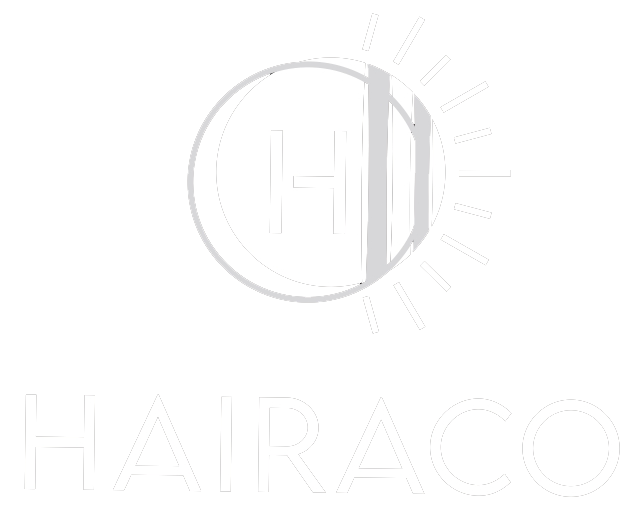A professional hairdresser knows that the quality of their tools can significantly impact their work. Among these tools, a pair of hairdressing scissors is paramount. With myriad options available, selecting the right scissors can be daunting. This guide will help you navigate the choices and make an informed decision to enhance your cutting precision and comfort.
Understanding the Types of Hairdressing Scissors
Hairdressing scissors come in various types, each designed for specific cutting techniques and hair types. Here are some common types to consider:
1. Straight Cutting Scissors
These are the most common and versatile scissors used for blunt cuts, point cutting, and slide cutting. They are essential in every hairdresser’s toolkit.
2. Thinning Scissors
Thinning scissors have teeth on one or both blades, used for texturizing and removing bulk without changing the hair’s overall length. They are ideal for creating softer, blended looks.
3. Texturizing Scissors
Similar to thinning scissors but with fewer teeth, texturizing scissors are used to add movement and layers to the hair. They help in achieving a natural and airy finish.
Key Factors to Consider
When choosing hairdressing scissors, various factors come into play. Here are the critical aspects to consider:
1. Blade Material
The material of the blades is crucial for durability and sharpness. Stainless steel is a common choice due to its resistance to rust and corrosion. For superior quality, look for scissors crafted from Japanese steel or cobalt alloys, known for their exceptional hardness and sharpness.
2. Blade Edge
The edge of the blade influences the type of cut you can achieve. Convex edges are sharp and smooth, perfect for precision cutting, while beveled edges are more durable and suited for heavy-duty cutting.
3. Handle Design
The handle design affects your comfort and control. Offset handles are ergonomic, reducing strain on the hand and wrist during extended use. Crane handles offer an even more relaxed grip, promoting natural hand positioning.
4. Scissor Size
The size of the scissors, typically measured in inches, ranges from 4.5 to 7. Shorter scissors provide more control for detailed work, while longer scissors are better for cutting larger sections of hair. The ideal size often depends on the hairdresser’s hand size and cutting style.
Maintenance and Care
To ensure longevity and optimal performance, proper maintenance of your hairdressing scissors is essential. Here are some tips:
1. Regular Cleaning
Clean the scissors after each use with a soft cloth to remove hair, oil, and product residue. Avoid using water, as it can cause rusting.
2. Lubrication
Apply a few drops of scissor oil to the pivot area regularly to keep the blades moving smoothly and to prevent wear.
3. Proper Storage
Store scissors in a secure case to protect them from accidental damage and ensure they are kept in a dry environment to avoid rust.
4. Professional Sharpening
Have your scissors professionally sharpened at least once a year, depending on usage. Avoid attempting to sharpen them yourself, as improper sharpening can damage the blades.
Conclusion
Choosing the perfect hairdressing scissors is a blend of understanding your needs and the specifics of the scissors. Prioritize quality over price, as investing in high-quality scissors will pay off in terms of precision, comfort, and durability. For top-tier hair tools and accessories, consider exploring options from reputable suppliers like hairaco supplies to ensure you’re getting the best tools available. With the right pair of scissors, you can elevate your craft and provide exceptional service to your clients.

